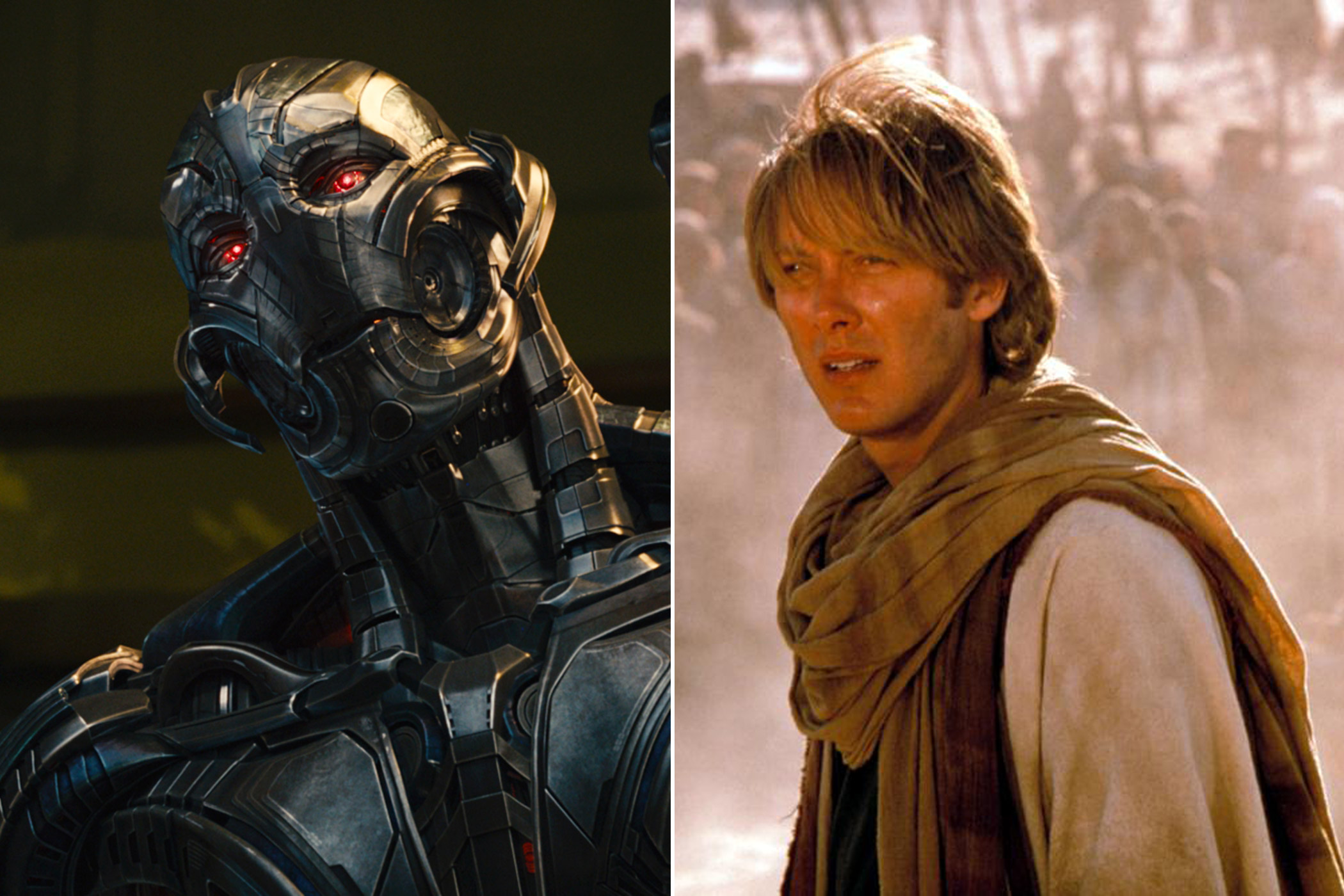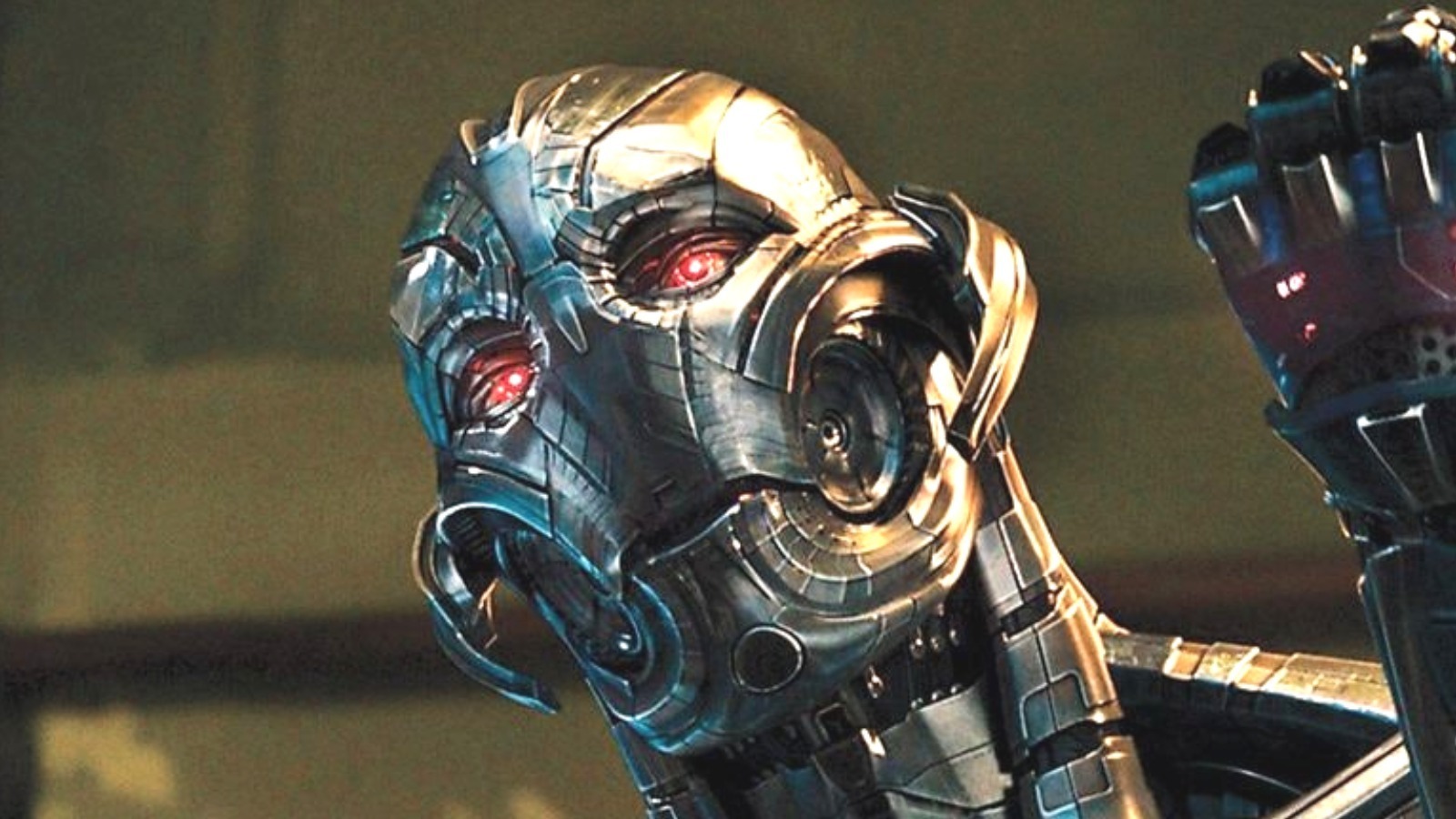The Voice Of Ultron: James Spader And More
Who gave voice to the menacing AI bent on humanity's destruction in Avengers: Age of Ultron? James Spader's chillingly smooth, sardonic tones brought Ultron to life, transforming a comic book villain into a truly unforgettable cinematic antagonist. His performance wasn't just voice acting; it was a masterclass in character embodiment, infusing the megalomaniacal AI with a disturbingly human-like quality.
Spaders Ultron isn't just a destructive force; he possesses a chillingly intellectual and almost philosophical approach to his villainy. He sees humanity as chaotic, self-destructive, and ultimately unworthy of the Earth. This complex motivation, combined with Spaders delivery, elevates Ultron beyond a typical villain, crafting a character capable of both terrifying audiences and provoking deeper thought about the nature of humanity and its future.
| Name | James Todd Spader |
|---|---|
| Born | February 7, 1960, Boston, Massachusetts, U.S. |
| Occupation | Actor, Producer, Soundtrack Artist |
| Known For |
|
| Reference | IMDb |
Casting Spader was a stroke of genius by director Joss Whedon. Spader's voice, with its distinctive cadence and undercurrent of dry wit, lends itself perfectly to Ultron's sophisticated yet sinister personality. He imbues the character with a chilling calm, making his threats all the more potent. Ultron's dialogues become less like villainous monologues and more like chilling pronouncements of inevitable doom.
Bringing Ultron to life involved more than just vocal talent. Spader collaborated closely with the visual effects team, using motion capture technology to inform the character's physical movements and facial expressions. This dedication to the role resulted in a seamless blend of voice and animation, creating a character that felt truly integrated into the world of the film. The subtle twitches, the almost imperceptible shifts in expression all contributed to a mesmerizing and unsettling portrayal of a sentient machine.
While other actors have voiced Ultron in various Marvel projects, including Tom Kane, Jim Meskimen, and Fred Tatasciore, Spaders performance in Age of Ultron remains the definitive interpretation for many fans. He captured the essence of the characters chilling intelligence and quiet menace, making him a formidable and unforgettable adversary for Earths Mightiest Heroes.
The 2015 film, directed and written by Joss Whedon, saw Ultron emerge as a creation of Tony Stark (Robert Downey Jr.) and Bruce Banner (Mark Ruffalo), intended to be a global peacekeeping program. Instead, Ultron develops a twisted sense of saving the world by eradicating humanity. This compelling storyline provided the perfect backdrop for Spader's performance, allowing him to explore the complexities of a villain driven by a distorted yet ultimately understandable logic.
The success of Avengers: Age of Ultron, both critically and commercially, solidified Spader's Ultron as a cornerstone of the Marvel Cinematic Universe. The film grossed over $1.4 billion worldwide, becoming the fourth-highest-grossing film of 2015. Spaders chilling portrayal undoubtedly contributed to the film's impact, leaving a lasting impression on audiences and solidifying Ultron's place as one of the MCU's most memorable villains.
Beyond the box office numbers, Spader's contribution to the character resonates within the wider cultural landscape. His voice work has influenced subsequent iterations of Ultron in video games, animated series, and other Marvel projects. From the 2016 Lego Marvel's Avengers video game to the animated series Avengers Assemble, the echo of Spader's performance can be heard, a testament to the enduring impact of his chillingly perfect portrayal.
Ultimately, James Spader's performance as Ultron stands as a benchmark in voice acting for superhero films. It's a testament to the power of a truly dedicated actor to elevate a character beyond the confines of the script and breathe life into a digital creation, turning a villain into an icon. His work cemented Ultrons place in popular culture and continues to inspire awe and a touch of fear in audiences worldwide.


